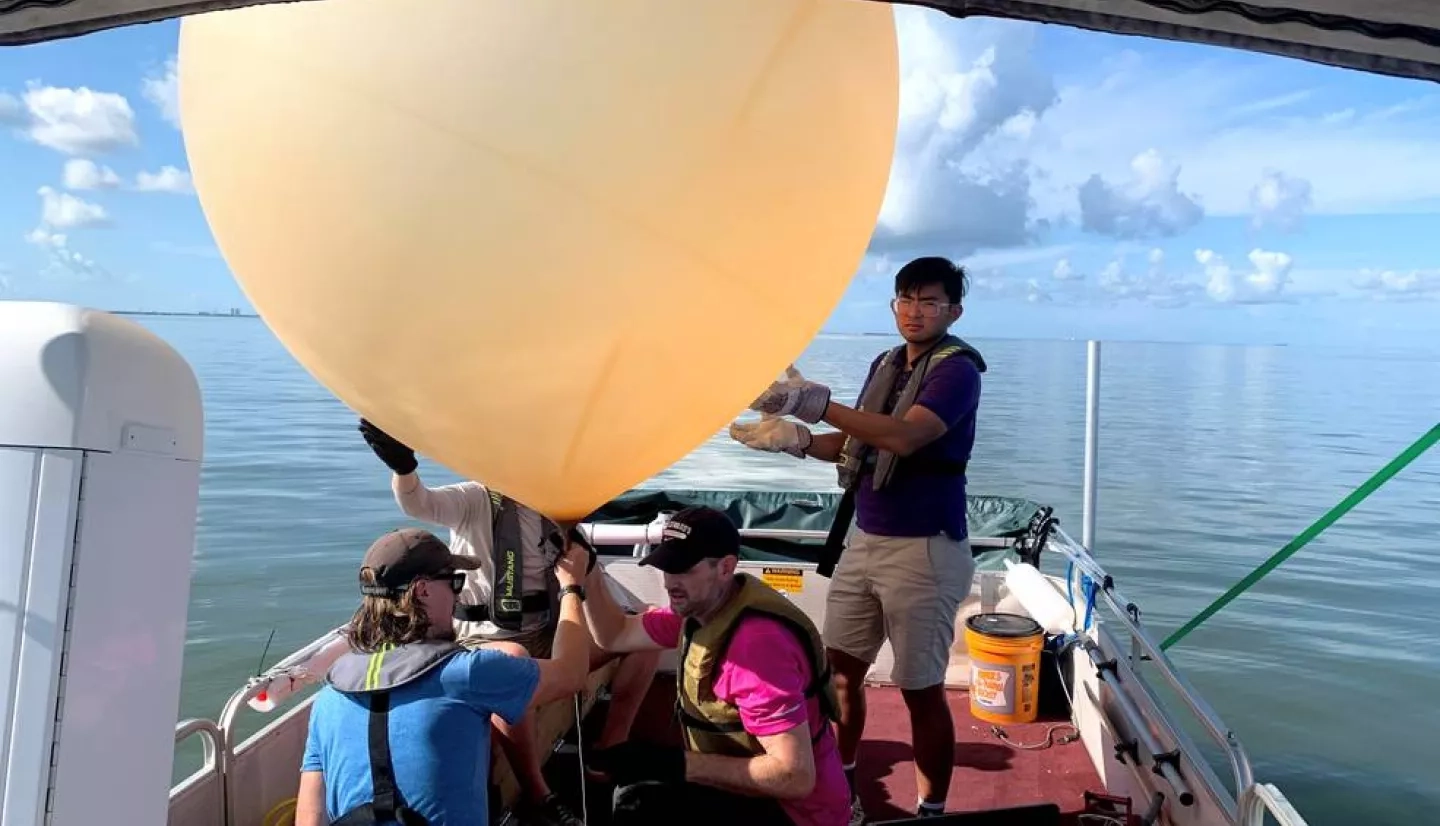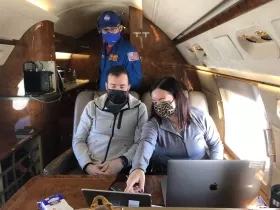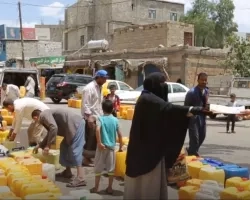NASA’s Health and Air Quality (HAQ) program area promotes the use of NASA Earth observations to inform communities striving to improve the air we breathe through the monitoring and regulation of air pollutants. Each year, the United Nations (UN) recognizes the International Day of Clean Air for blue skies on September 7th, 2021 by highlighting the two-fold challenge of health and climate impacts to achieve a healthy planet. Throughout September and all-year-round, the “Healthy Air, Healthy Planet” theme propels NASA health-focused teams to adopt a holistic view of current priorities and global action plans to meet Sustainable Development Goals and improve population health.
In celebration of “Healthy Air, Healthy Planet”, HAQ encourages multidisciplinary teams of scientists and stakeholders to advance current initiatives of informed decision making toward the goal of cleaner air. This year, we spotlight a few of these ongoing activities.
Tracking Air Quality with TRACER-AQ
An air quality field study called TRACER-AQ took place this September in the Houston, Texas region. For this mission, NASA is partnering with the Texas Commission of Environmental Quality (TCEQ) and the Department of Energy-led Tracking Aerosol Convection interactions ExpeRiment (TRACER) campaign with the help of a number of academic researchers to collect detailed air quality measurements from the ground, boats, aircraft, and satellites to investigate the conditions that impact air quality in Houston.
Urban emissions in the Houston region coupled with sunny skies and calm winds typically lead to unhealthy levels of surface ozone concentrations. Ground-level ozone can be harmful to human health, leading to respiratory problems, especially for those with pre-existing conditions.
“Our collaborative team from several NASA centers are working together to provide novel remote sensing observations, adding to the extensive surface measurements in the Houston area provided by our partners at TCEQ.” says Dr. Laura Judd. Dr. Judd is one of the lead scientists in the TRACER-AQ study and an associate program manager for NASA’s Health and Air Quality (HAQ) program. “For example, our airborne remote sensing observations provide a top-down snapshot of ozone and ozone precursors in the form of nitrogen dioxide and formaldehyde. These measurements will help prepare us for an upcoming geostationary NASA air quality satellite mission called Tropospheric Emissions: Monitoring of Pollution (TEMPO).”
During the mission, the TRACER-AQ team mapped ozone and its ingredients from multiple perspectives during two multi-day air quality events in the Houston area. Overall, this science team strives to help the air quality community to better understand instances when air quality is poor, explore strategies for improving these instances, as well as providing a top-down perspective of how air quality relates to socioeconomic factors.
Find out more about this work and follow along with project updates on the TRACER-AQ homepage.
NASA Health and Air Quality Applied Sciences Team
The NASA Health and Air Quality Applied Sciences Team (HAQAST), supported by the NASA HAQ program, is another way that NASA connects data and tools with health and air quality stakeholders. The third HAQAST team was selected in 2021, building on the previous accomplishments of the first and second generations of teams from 2011 to 2020. The current team of 14 principal investigators represents public and private research universities and federal research labs across the United States.
Our HAQAST team has been instrumental in connecting NASA data with stakeholders, addressing complex environmental health problems in the United States and around the world”, said Dr. Tracey Holloway, lead of HAQAST from the University of Wisconsin-Madison. The HAQAST team uses satellites and other NASA data to address real-world health and air quality challenges. The team also builds capacity for satellite data use within stakeholder organizations responsible for decisions made related to air quality issues and our health.
This month, Dr. Holloway published an article in the September 2021 issue of EM Magazine, the Magazine for Environmental Managers, to share tips about satellite data that the air quality management community should know before using satellite data and how “Getting Started Is Easy.”
The HAQAST team’s diverse expertise covers a variety of topics, described on the HAQAST website, from improving predictability of high-impact events such as wildfires to assessing the impact everyday emissions from sources like airports on vulnerable communities. Over the next four years, these projects aim to connect NASA data with end-user communities, strengthen air quality management and decision making, and highlight new opportunities to use space-based Earth observations to meet on-the-ground data needs.
This story is part of our Space for U.S. collection. To learn how NASA data are being used in your state, please visit nasa.gov/spaceforus.





